Why is it Important to Familiarise Yourself With Past Mistakes in Scuba Diving?
Scuba diving is considered to be one of the more fun and engaging activities out there as you get to explore a whole new world of marine life that would have otherwise been undiscovered if not for the community of scuba divers we have today. At the same time, you have the freedom to traverse the vast waters and visit various diving sites around the world to explore new ecosystems and sea creatures.
While that may all sound fun, scuba diving can be dangerous if one does not practice good measures when engaging in diving-related activities. Scuba divers of all types and expertise regardless make mistakes which can be fatal. A good measure to therefore avoid such mistakes would be to learn from those who have made them and how they have gone about correcting themselves for subsequent dives. In this article, we will dive into some of these common mistakes and how you can avoid making them during your dives.
1. Not Checking Equipment Properly
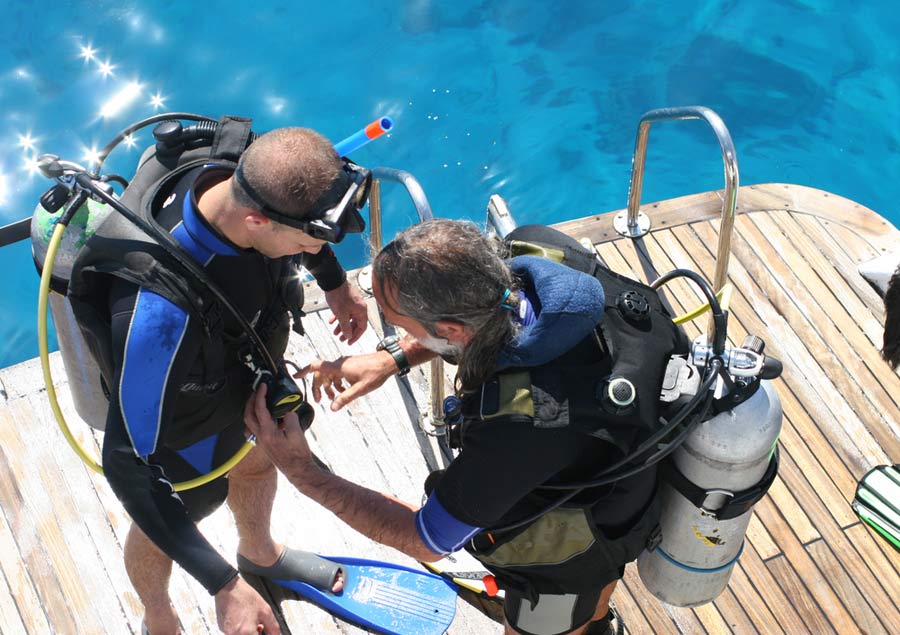
One of the common mistakes that scuba divers make is not checking their equipment properly before the dive. This can lead to malfunctioning equipment underwater, which can be dangerous.
Before every dive, scuba divers should check their gear to ensure that everything is functioning correctly. This includes checking the air tank, regulator, the buoyancy control device (BCD), and other gear.
2. Not Checking Air Supply
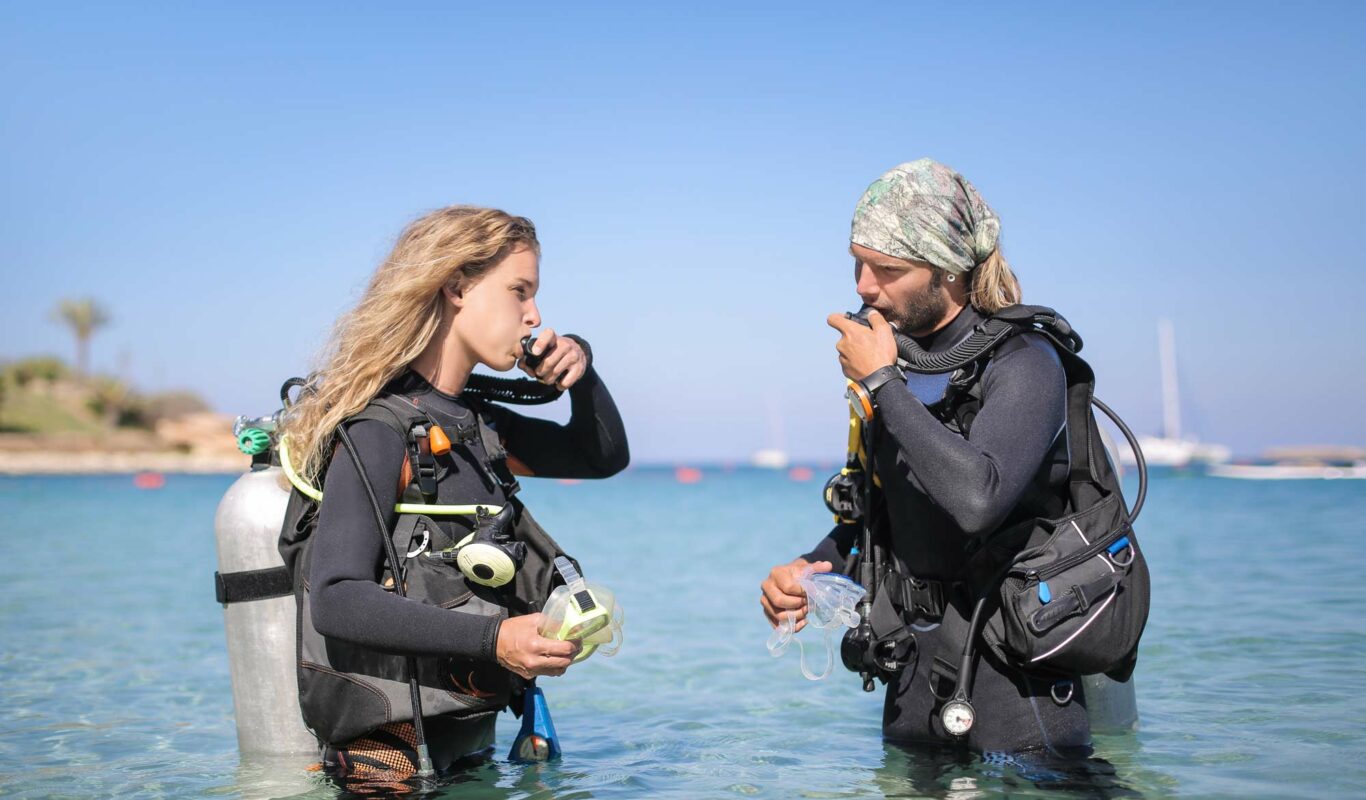
Another common mistake that scuba divers make is not checking their air supply regularly during the dive. It is important to monitor your air supply to avoid running out of air underwater. Scuba divers should check their air gauge frequently and return to the surface with at least 500 PSI of air remaining in their tank.
3. Not Planning the Dive

Proper planning is essential for a safe and enjoyable dive. This includes checking the weather, tides, currents, and dive site conditions.
Scuba divers should also plan their dive profile, including the maximum depth, dive time, and safety stops.
4. Not Following Dive Tables
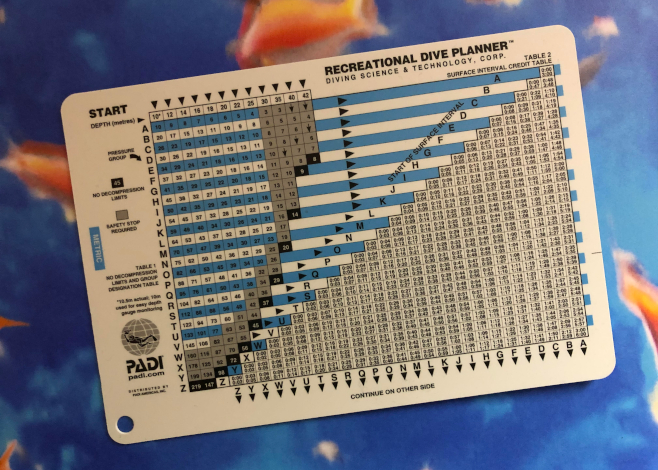
Dive tables are used to calculate the maximum dive time and depth based on the air supply and nitrogen absorption rate. Scuba divers who do not follow dive tables risk developing decompression sickness (DCS), which can be life-threatening. It is therefore important to follow the recommended dive limits and safety stops to avoid DCS.
5. Not Maintaining Buoyancy Control

Buoyancy control is crucial for safe diving. Scuba divers who cannot maintain neutral buoyancy risk damaging the underwater environment, getting lost, or accidentally touching hazardous marine life. Divers should practice buoyancy control regularly and use their BCD to maintain neutral buoyancy.
6. Not Communicating with Buddies

Scuba diving is a team activity, and communication is essential for safety. Divers should agree on hand signals and use them to communicate during the dive. They should establish a buddy before the dive and also stay close to their buddy and maintain visual contact to ensure safety throughout the dive.
7. Not Monitoring Depth and Time
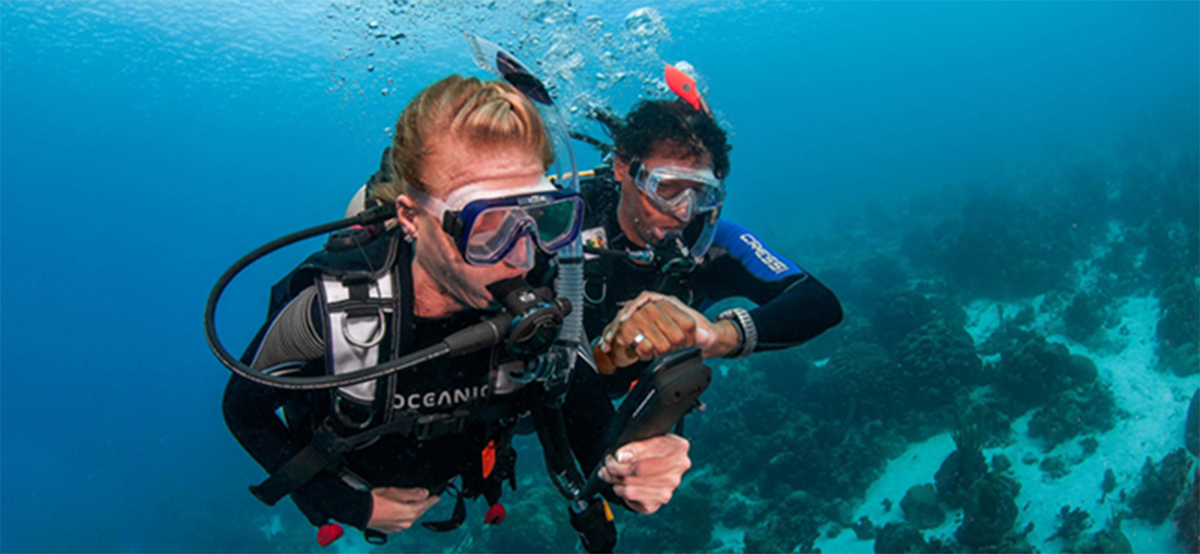
Scuba divers who do not monitor their depth and time risk exceeding their dive limits and developing DCS as well. It is important to use a computer or watch to monitor depth and time throughout the dive. Scuba divers should also follow the recommended safety stops and surface intervals.
8. Not Paying Attention to Currents
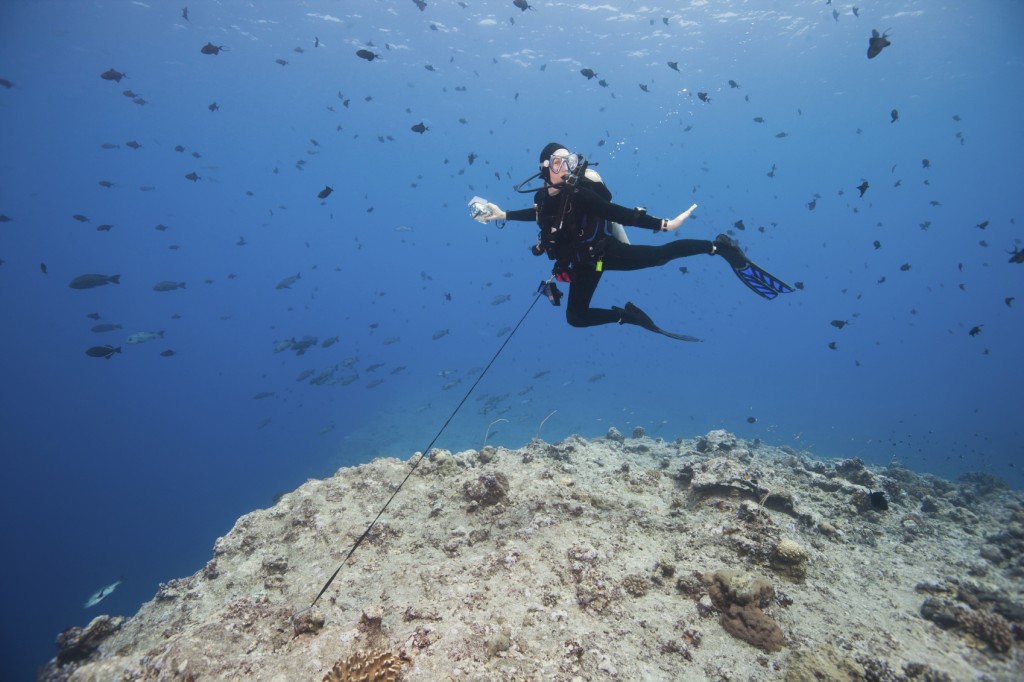
Currents can be unpredictable and can quickly sweep divers away from their intended dive site. Scuba divers should pay attention to currents and avoid diving in areas with strong currents. If caught in a current, divers should try to swim parallel to the shore and wait for the current to weaken before continuing the dive.
9. Not Using a Dive Flag
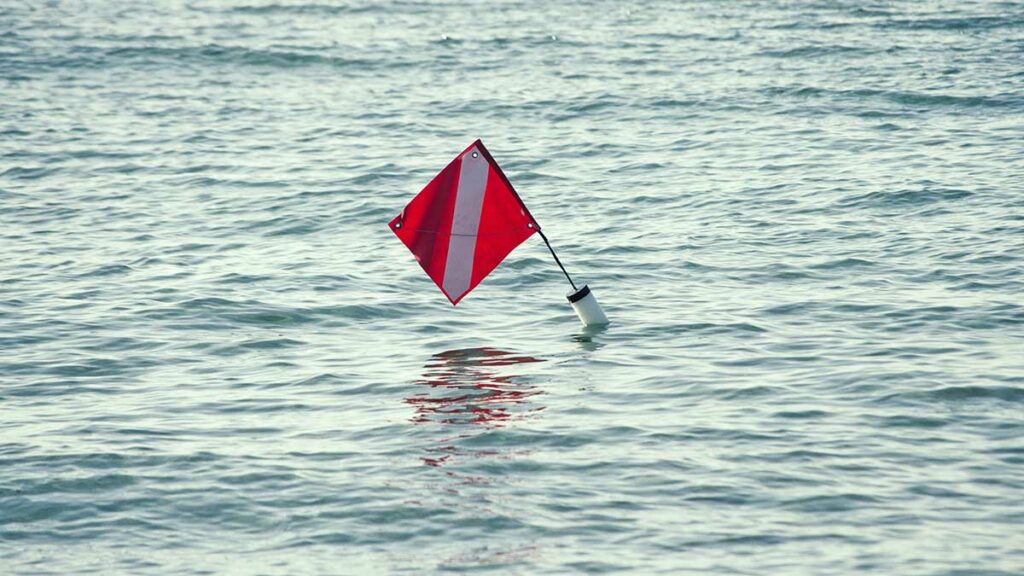
Dive flags are required in many areas to signal to other boats and divers that there are divers in the water. Scuba divers who do not use a dive flag risk being hit by boats or other watercraft. It is therefore essential to get one, deploy it during dives and stay close to it during the dive.
10. Not Getting Proper Training and Certification
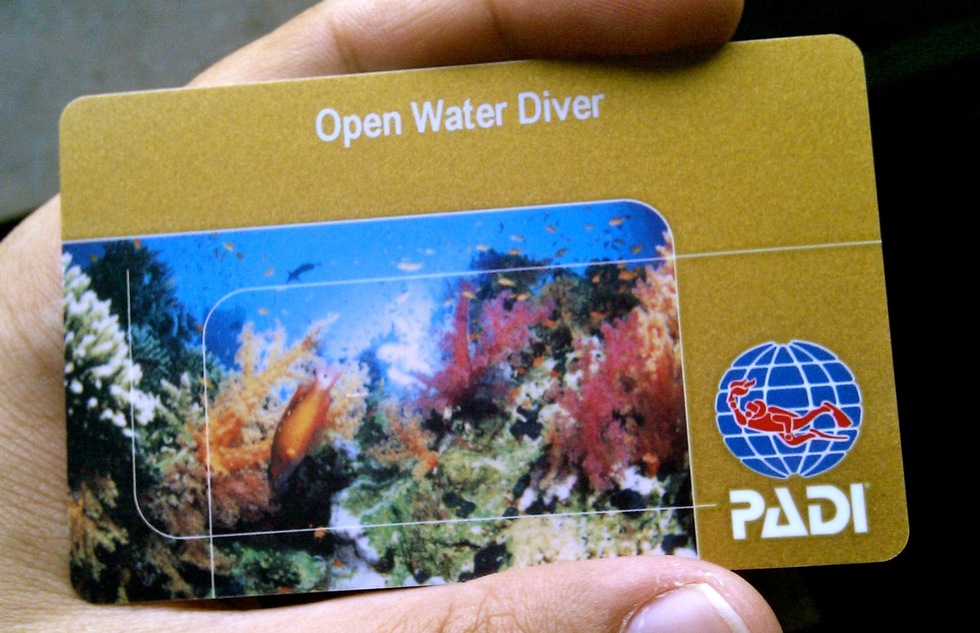
Perhaps the most important mistake that divers can make is not getting proper training and certification. Scuba diving is an activity that requires knowledge, skills, and experience. Divers should only dive within their training and experience level and should continue to learn and improve their skills.
Conclusion
In conclusion, scuba diving can be a fun and exciting activity, but it is also a potentially dangerous one. To avoid common mistakes and ensure a safe and enjoyable dive, divers should always practise good measures and learn from previous mistakes to be better prepared for any scenario.

